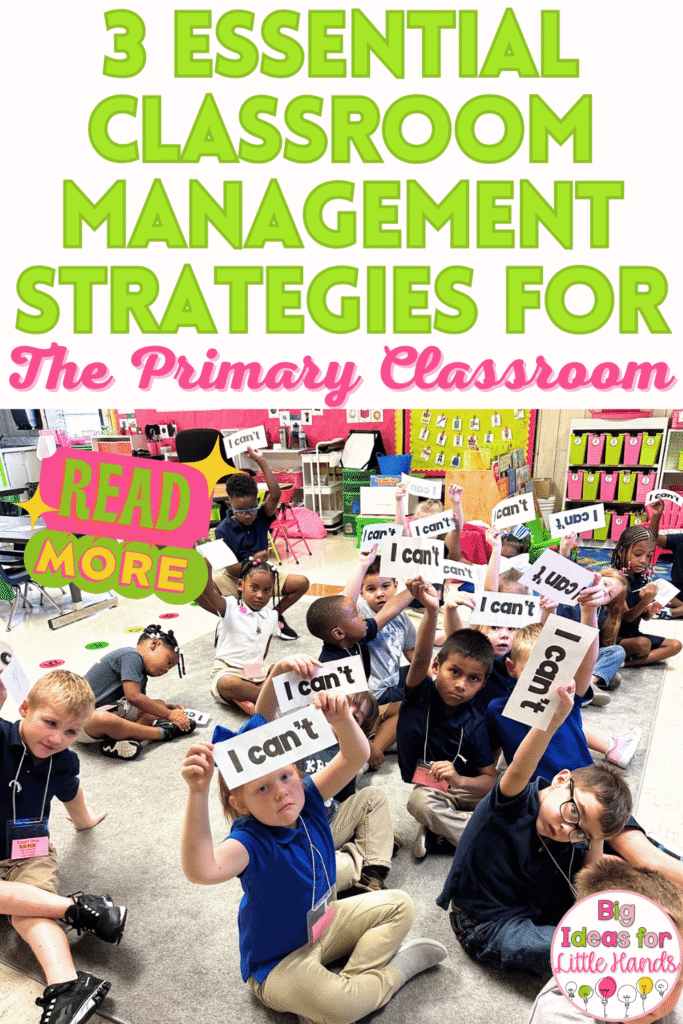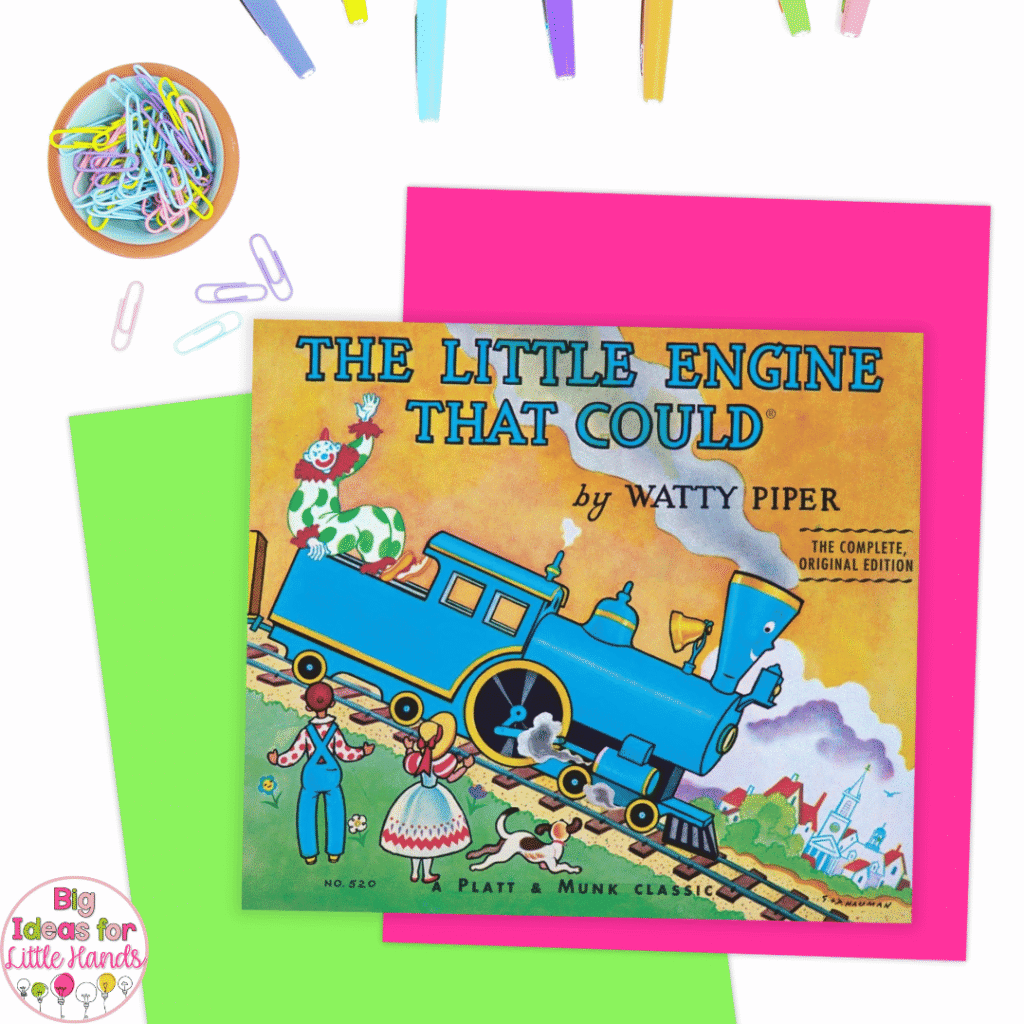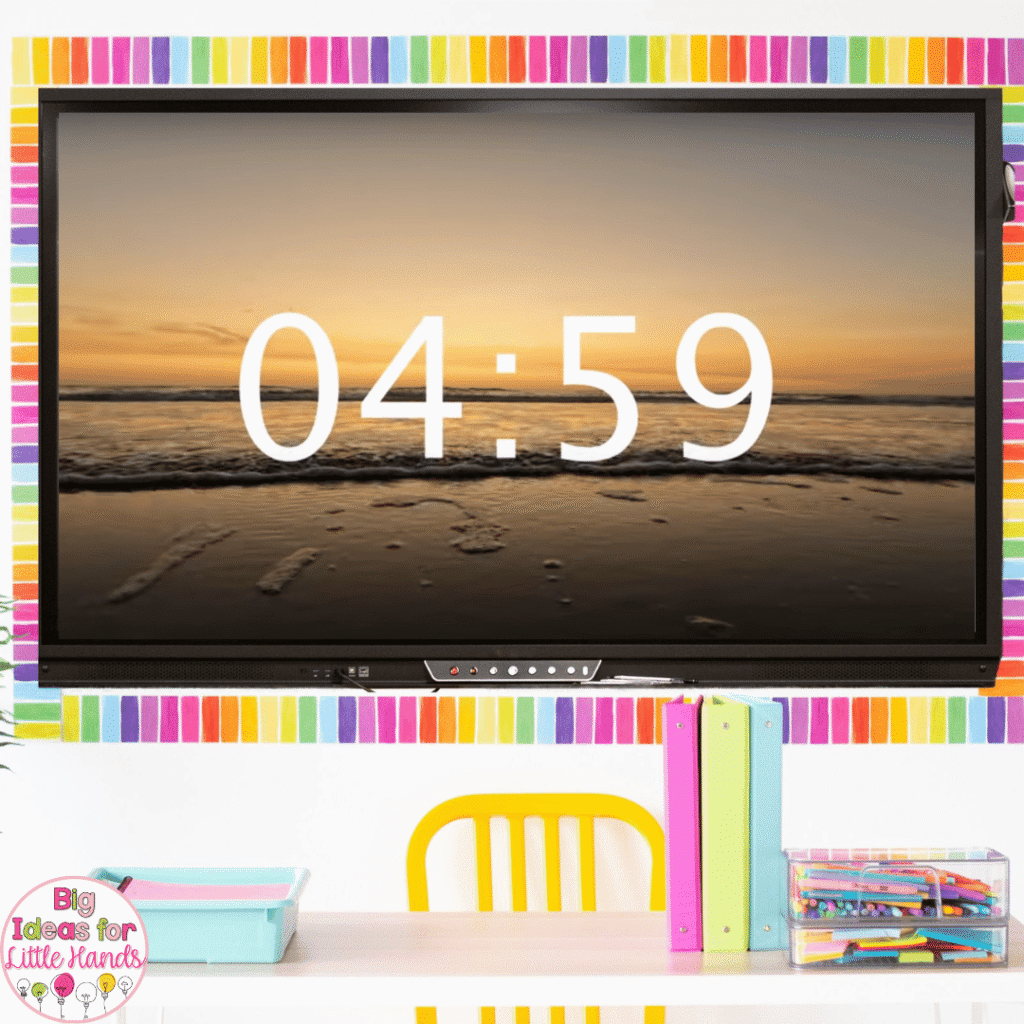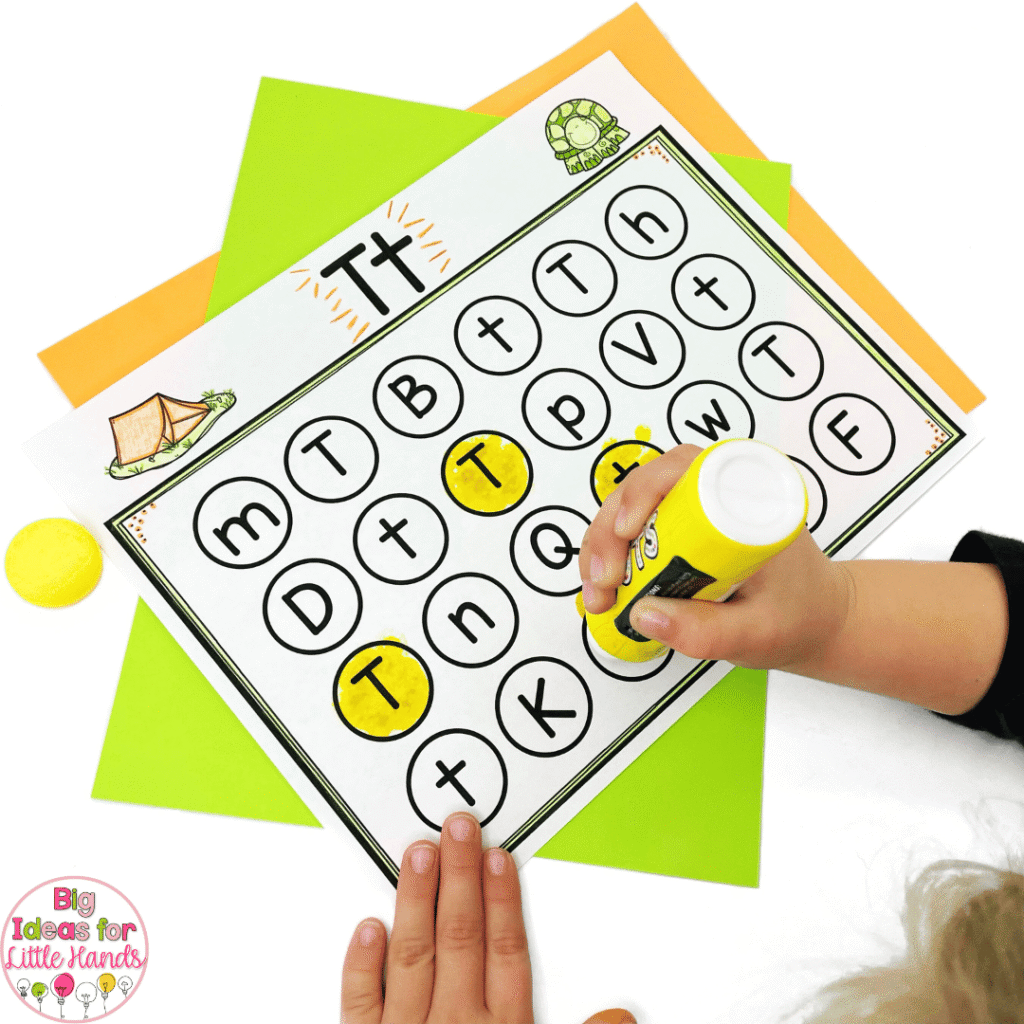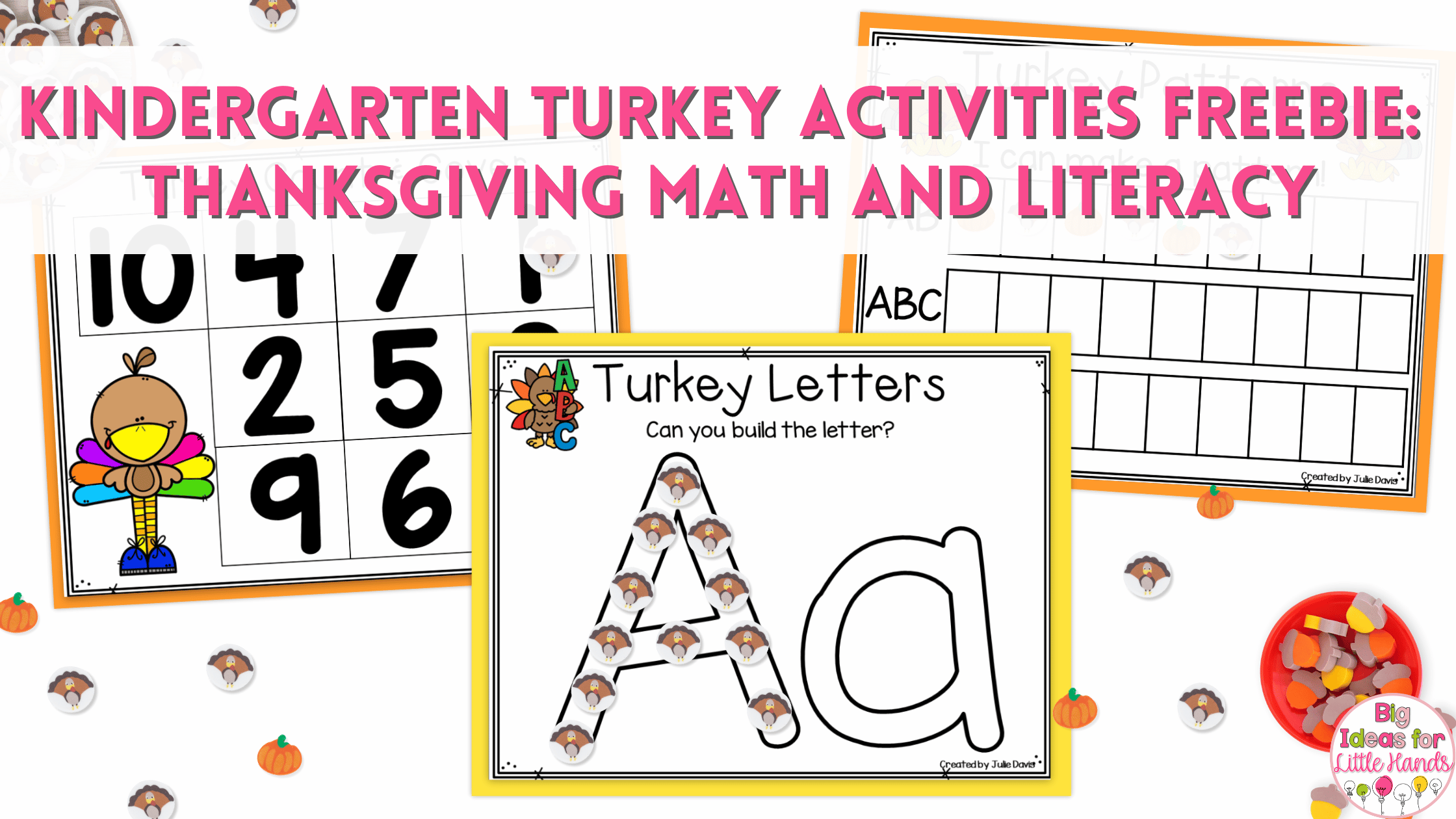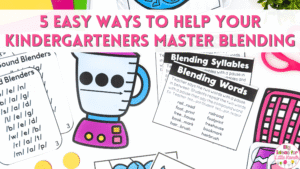As a primary teacher, you know all too well that classroom management is a non-negotiable. Managing a classroom full of energetic little learners takes a mix of patience, creativity, and solid routines. Whether you’re a brand-new teacher or a seasoned pro looking for fresh ideas, these 3 essential classroom management strategies will be a total game-changer!
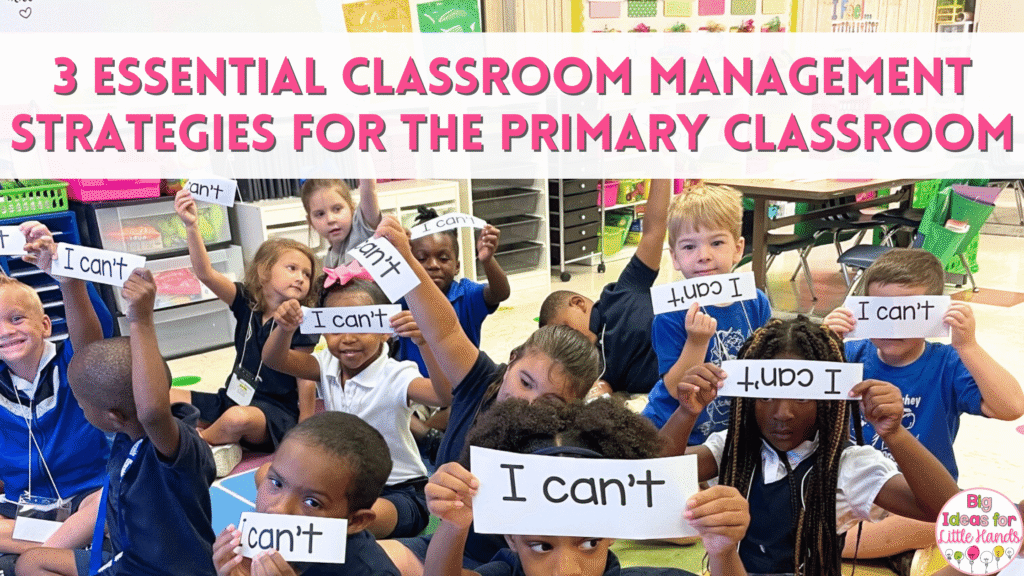
Why Classroom Management Matters
First things first, let’s talk about why this is so, very important for the primary classroom. To be honest, we have all had those experiences with poor classroom management. You know, the time you didn’t pause to explain expectations, or when you jumped into the curriculum too quickly at the beginning of the school year. I know that for me personally, I had MANY moments like this, especially at the start of my career.

And let me tell you. . . it was a bit rough! Not just for me, but for the kids too! When our classroom is lacking in effective classroom management strategies, it can cause a cascade of other issues. When students aren’t clear on expectations, you’ll likely have behavioral problems. When children aren’t sure how the day will play out, they might feel out of sorts. And when they aren’t getting the support they need, they will feel frustrated. No one wants this, right?!
The tone in our classroom matters. We want our kids to feel safe, supported, encouraged, and have a clear understanding of the boundaries. Not only does this result in better classroom behaviors, but it will lift everyone’s mood and help ensure your days at school run smoothly. Taking the time to implement some effective classroom management strategies is well worth the effort!
Build a Growth Mindset with I Can Statements
This first classroom management strategy is one of my all-time favorites. Why? It fosters a growth mindset, helps build confidence, and gets kids excited to tackle challenges. What could be better?!
Read The Little Engine That Could
Start building a growth mindset with a classic story your students will love: The Little Engine That Could. In this story, the Little Engine is worried she won’t be able to make it over the mountain top. She struggles, but then realizes that if she only believes in herself, she can do it!
I love to read this book aloud in my classroom and then have a discussion with my students about it. I am always interested in hearing what they think about the story through their eyes. As we chat, we make an anchor chart with “I Can” statements for our classroom. I kick it off with some things like:
- I can share.
- I can learn new things.
- I can do hard things.
- I can be a kind friend.
These statements help the children develop a growth mindset, which makes a huge impact on their overall success. As teachers, we don’t want our kids to live with a fixed mindset that holds them back. This exercise has been foundational in the way my students view their ability to succeed.
Throw Away The I Can’t Statements
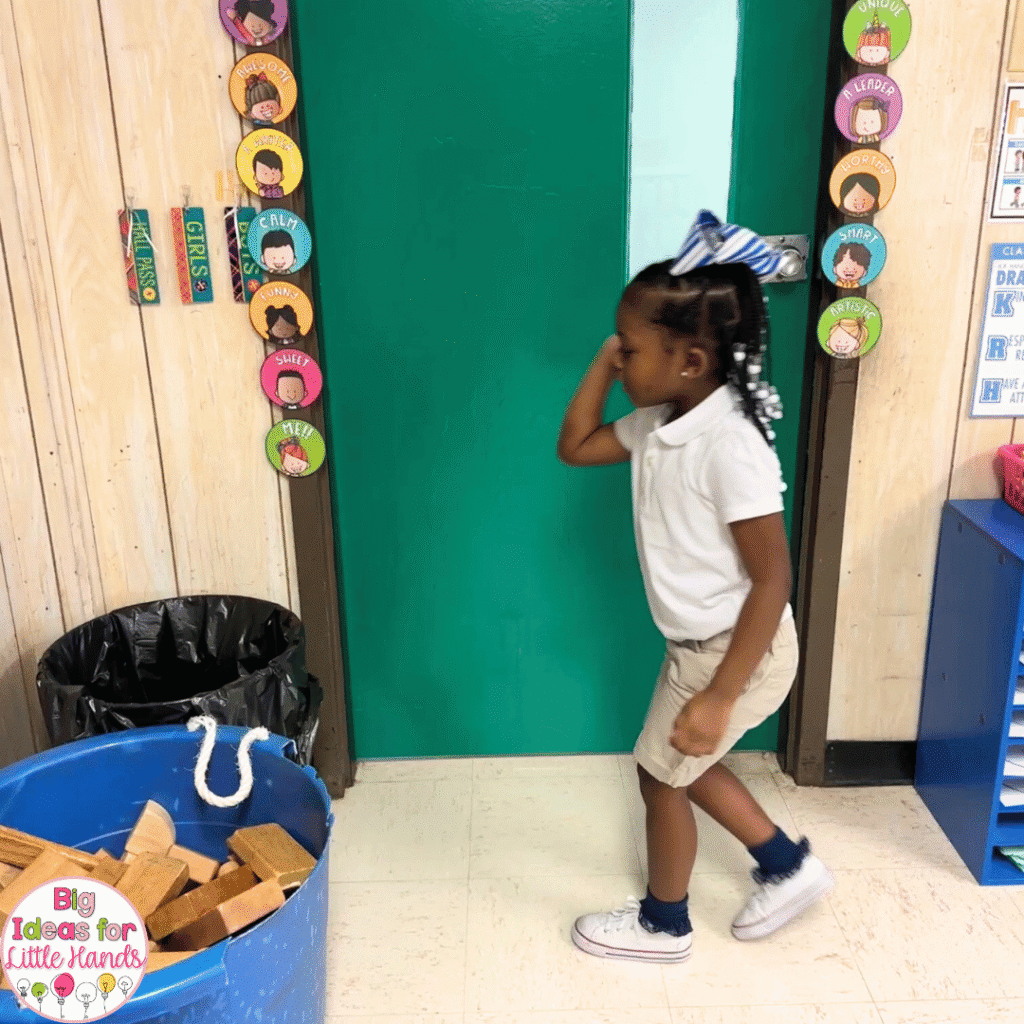
After reading and creating our anchor chart, we take this one step further with an interactive activity. I give each child a slip of paper with the words I CAN’T written in bold letters. Then we talk about how in our classroom, “can’t” is a word we throw away, because here, we try, we believe in ourselves, and we CAN! This is where it gets fun!
Have your students:
- Hold up their paper and chant, “We can’t use CAN’T!”
- Then, they will crumple it up and toss it in the trash one at a time.
- Finally, make a list of fun “I can” statements that highlight a talent each child has. (For example, I can ride a bike.)
This activity is powerful, memorable, and sets the tone for a classroom full of effort and encouragement. Not to mention the list of personalized “I can” statements is a fun way to get to know each other a bit more, too!
Classroom Management During Center Time
Centers are perhaps one of the trickiest things to manage in the primary classroom. There are so many moving parts that it can feel a little overwhelming. While you likely won’t be starting center rotations right away at the beginning of the year, it’s still important to have a plan in place!
First, don’t be scared of centers! Center time is magic in a primary classroom when it’s running smoothly. It allows you some time with your small groups and gives your kids the hands-on learning time they crave! Here are a few center time tips that make management easy and effective:
Practice Transitions & Signals
Before you ever run a full center rotation, practice the movement and cleanup steps like a game. I do this at the beginning of the school year after we have covered routines, procedures, rules, and some of the more basic essentials. I wait until my kids have the bare minimum down first, then we practice transitions for a few days. This is also when I introduce a quiet signal, like a wireless doorbell. It’s important for kids to be able to quiet down and listen up quickly when the bell goes off, so make sure to practice this too!
I also like to use a fun timer on the smartboard so students can visually track how much time they have left. This small step builds time management skills while also keeping them focused. As a bonus, it will eliminate the question of, “How many more minutes until. . . . ?”
Start Simple & Build Up
Introduce just 1–2 centers at first, and plan to take it slow. You can walk around the room as they work and help your kids get the hang of things. Add more centers as routines become second nature over a couple of weeks. Eventually, you’ll be able to conduct a small group while they move seamlessly through each one.
Try Center Buddies & Table Helpers
Early on, pairing up helps students support each other and keeps you from being pulled in 10+ directions. Assign a buddy to each student and have them ask each other for help before coming to a teacher. You might also consider a table helper who will grab supplies, put away materials, or help in another way.
Choose Low-Prep Activities
Center time shouldn’t take days to prepare for. Make sure to have an arsenal of low-prep, engaging activities on hand to make it come together easily. Make sure to take a look at this post for some of my favorite easy-to-use center activities for the beginning of the school year.
Once you’re ready to start conducting small groups while your students rotate through centers, you will also want to choose some warm-up activities for this time. I recommend activities like Cover it Up pages because they are something kids can be fully independent with. They will help ensure you are able to facilitate the center switch, get yourself organized, and give your students something to work on in the meantime.
Teach How to Take Turns (Without Tears!)
In the primary classroom, “taking turns” is a skill that absolutely needs to be taught. Just like letters and numbers, this is a foundational skill and one that needs our attention! I always remind myself that this could be a child’s first experience with school when it comes to pre-k, kindergarten, and, depending on your state, even first grade. So, for better classroom management, plan to focus on this social skill in depth!
Here’s how you can build this skill into everyday routines:
- Model, Model, Model: Use puppets or role-play to act out taking turns and what to do while waiting for a turn.
- Use Turn-Taking Tools: Items like a talking stick, a classroom microphone, or a name jar help make turn-taking concrete and fair during the morning meeting.
- Partner Games with Structured Turns: Board games, card matching, or dice games are all fun and naturally involve turns. Work these into your lesson plan!
- Praise the Process: Point out when students wait patiently, encourage a peer, or wait their turn with kindness. This goes a long way in forming better habits!
The key here is to look for ways to naturally work turn-taking into your daily routine. And as with any new classroom management skill, be patient! Little learners struggle with this, especially if it’s their first time focusing on it. Take it slow, redirect in a positive way, and help your students see the benefit in sharing and taking turns with peers.
Make Classroom Management a Priority All Year Long
The magic of classroom management in the primary years is in the little routines and relationship-building moments. By reading meaningful books, setting up smooth centers, and teaching social skills like turn-taking from day one, you’re giving your students the structure they need to feel confident and safe.
While these tips are great to kickstart your year, don’t forget that good classroom management happens with year-long diligence. You may need to revisit these things from time to time, and that’s ok! I like to review these 3 classroom management strategies after a school break, or anytime my kids seem to have forgotten the way we do things.
Remember, the goal isn’t perfection, it’s progress. When students know what to expect and feel valued, everything else becomes easier! You’ve got this, teacher-friend! Don’t forget, you can find all the resources mentioned here, and many more in my TPT Shop, too!
Love This & Looking for More?
If you enjoyed this post, be sure to read one of these next for more tips to make this year your best one yet!
- Fun Ideas for Teaching Self-Control in the Primary Classroom
- 15 Kindergarten Must-Haves and Tips for Setting Up a Classroom
Save This Post
Make sure to pin this post on Pinterest so that you can keep track of these ideas for classroom management in the primary classroom.
